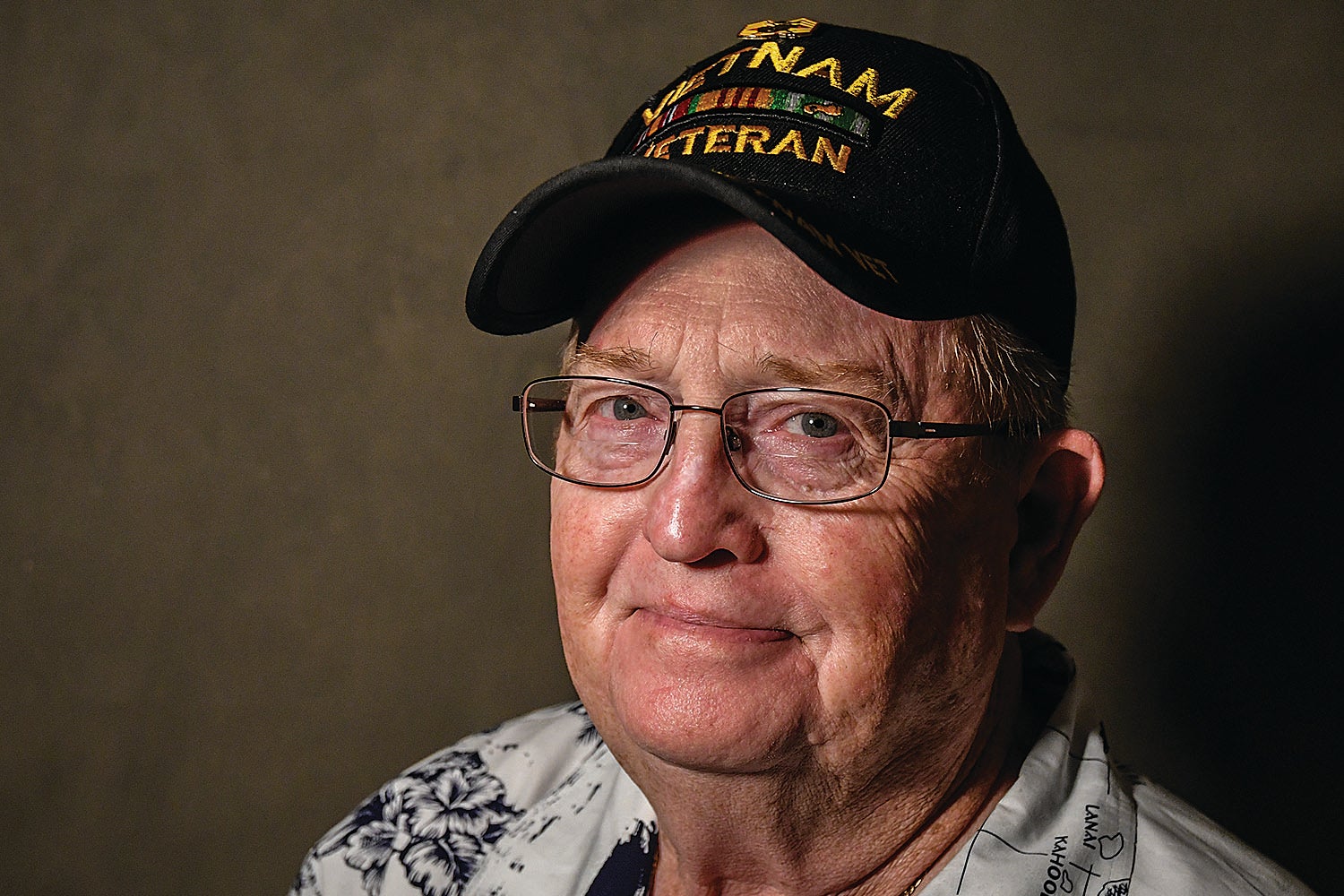Recalling the saga of the Iran hostages
Published 2:00 pm Sunday, November 13, 2022

- Gene Hays, in Oxford, Miss. on Monday, August 14, 2017. (Photo/Bruce Newman)
The leader of Iran’s royal family named Mohammed Reza Shah Pahlavi, was installed in power in 1953. Under the Shah’s pro-Western, secular anti-communist government, some 80 percent of the nation’s oil reserves returned to U.S. and British control. With a steady supply of American-made weapons, the Shah and SAVAK, his secret police, brutally repressed opposition to his rule, including an uprising in 1963 led by the Ayatollah Ruhollah Khomeini, an elderly Islamic cleric.
Finally, in 1979, a popular revolution in Iran swept the Shah from power, replacing him with an Islamist government engineered by Khomeini, who returned triumphantly after 14 years of exile to take his place as Iran’s political and religious leader. U.S. President Jimmy Carter, against the advice of some of his advisers, declined to act in support of the Shah, but also failed to reach out to the opposition—a decision that would cost him dearly. That October, after it was announced that the Shah, now in exile in Mexico, was suffering from an aggressive form of cancer, Carter reluctantly decided to allow him entrance to the United States for treatment on humanitarian grounds.
The decision sparked a firestorm of anti-American sentiment in Iran, culminating in the students’ siege on the U.S. embassy in Tehran on November 4, 1979. The Iran hostage crisis would bring the United States to a state of near war with Iran and torpedo Carter’s presidency. After a brief time, the students released thirteen of the sixty-six hostages, who were mostly diplomats and employees at the embassy. Those released were mostly women, African Americans, and non-U.S. citizens, whom (according to Khomeini) were already subject to the “oppression of American society.” Though another hostage was later released due to health problems, fifty-two men and women remained in captivity by mid-summer of 1980.
President Carter made freeing the hostages in Iran the top priority of his administration, but neither diplomatic overtures nor economic sanctions swayed the Ayatollah and his supporters. In April 1980, a military operation involving an elite rescue team failed after a helicopter crashed into a transport plane, killing eight servicemen. Amid constant media coverage, Carter’s failure to resolve the hostage crisis doomed his 1980 reelection campaign, as Republican challenger Ronald Reagan benefited from Carter’s increasing weakness. In November 1980, Reagan won a landslide victory.
Meanwhile, the embassy hostages lived in deep uncertainty and fear, subjected to prolonged periods of confinement, beatings, threats of bodily harm and execution. Among other privations, their captives deprived them of hot and cold running water until days before their release. After months of negotiations, the United States and Iran finally came to an agreement to free the hostages in December 1980, but the Iranians showed their enduring hatred of Carter by waiting to release them until minutes after Reagan delivered his inaugural address on January 20, 1981.
The Iran hostage crisis brought the United States directly into conflict with militant, political Islam for the first time. It also began the hostility that continues to characterize the U.S. relationship with Iran to this day. In Tehran, the former embassy building, which served as a prison for the hostages over those agonizing 444 days, is now an Islamic cultural center and museum. Known in Iran as “the den of spies,” it has become a symbol of the Iranian revolution. On January 27, 1981, the hostages landed at Andrews Air Force Base, Maryland. There they were greeted by newly elected Vice President George H.W. Bush, and a line of dignitaries. As the first hostage came down the ramp, the U.S. Navy band played “Tie a Ribbon Round the Old Oak Tree.” Most Americans had been tying yellow ribbons around trees for many months and the song, performed by Tony Orlando and Dawn, became the mantra for U.S. support of freeing the hostages.
At the time, I was serving as a personnel manager at Headquarters Marine Corps and with my family, we were living in government housing at Andrews. I found out about the arrival of the hostages the day before and I asked and I was given the day off to witness the event. It was a very emotional event covered by the world press. I learned later all our Marines were given 30 days leave au gratis. After a month or so, the freed Marine hostages returned to headquarters to learn what came next. The personnel management division under which I served as a “Monitor,” gave the Marines three options: discharge with all back pay and a back dated promotion to the next higher rank; both the former from the first option; or with the first two options, along with any Marine Corps formal school and military occupational specialty, waving any pre-requirements. Three of those Marines came to me, wanting me to assign them to the formal schools for aviation electronics. All three successfully completed their training and were assigned to Marine Corps operational squadrons in the United States. It was an honor for me to know all these individuals.
Gene Hays is a retired Marine Master Sergeant, author, and historian. Email: rghays47@gmail.com.





